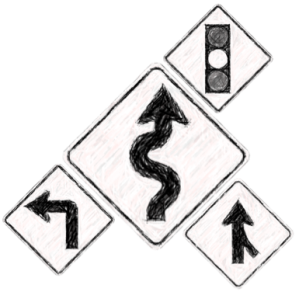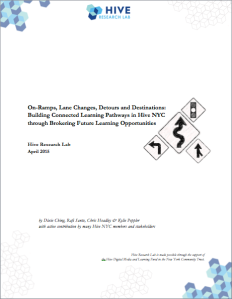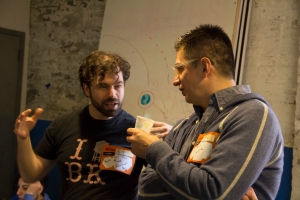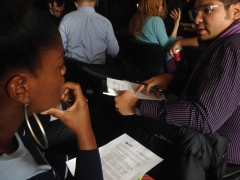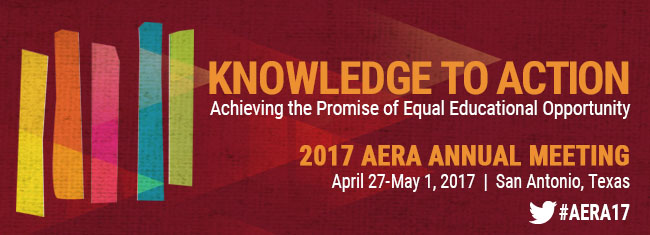
We are so excited to present our latest findings at the annual meeting of the American Educational Research Association.
Fri, April 28
8:15 to 10:15am, Henry B. Gonzalez Convention Center, Meeting Room Level, Room 221 C
Structured Poster Session: CS4All, but Why? Exploring How Different Visions, Motivations, and Ideologies of Computer Science Education Impact Implementation Contexts
Chair: Leigh Ann DeLyser (New York University)
Discussant: Christopher Hoadley (New York University)
- Poster: CSed Visions: A Framework for Considering the Underlying Rationales for and Purposes of Computer Science Education
- Authors: Sara Vogel (The City University of New York), Rafi Santo (Indiana University), Dixie Ching (New York University)
10:35am to 12:05pm, Henry B. Gonzalez Convention Center, Meeting Room Level, Room 221 C
Structured Poster Session: Crossing Boundaries and Increasing Impact: Lessons From Successful Research-Practice Partnerships
Chair: Matthew Holsapple (Spencer Foundation)
Discussant: Saskia Thompson (MDRC), Ruth Lopez Turley, Rice University
- Poster: Enacting Research-Practice Partnerships Within Decentralized Organizational Networks: A Case Study of Hive Research Lab and Hive NYC Learning Network
- Authors: Dixie Ching (New York University), Rafi Santo (New York University), Laura A. Davis (New York University), Chris Hoadley (New York University), Kylie Peppler (Indiana University)
Sat, April 29
10:35am to 12:05pm, Henry B. Gonzalez Convention Center, Meeting Room Level, Room 221 C
Structured Poster Session: Innovations in Methods and Approaches to Tracing Youth Pathways Into STEM
Chair: Karen M. Hammerness (American Museum of Natural History)
Discussant: Vera Safa Michalchik (SRI International)
- Poster: Youth Signaling as a Means of Generating Social Support Around Interest-Driven Learning With Technology
- Dixie Ching (New York University), Rafi Santo (New York University), Kylie Peppler (Indiana University), Chris Hoadley (New York University),
2:45 to 4:15pm, Henry B. Gonzalez Convention Center, Meeting Room Level, Room 221 D
Structured Poster Session: Fostering Networks and Collectives in the Out-of-School Sector: Achieving Equity, Innovation, and Learning Ecosystems Through Large-Scale Collaborations
Chairs: Rafi Santo (Indiana University), Dixie Ching (New York University)
Discussant: Jennifer Russell (Pittsburgh University)
- Poster: Going Further Together: A Framework for Innovation-Focused Collaborations in Informal Learning Organizations
- Authors: Rafi Santo (Indiana University), Dixie Ching (New York University), Kylie Peppler (Indiana University), Chris Hoadley (New York University)

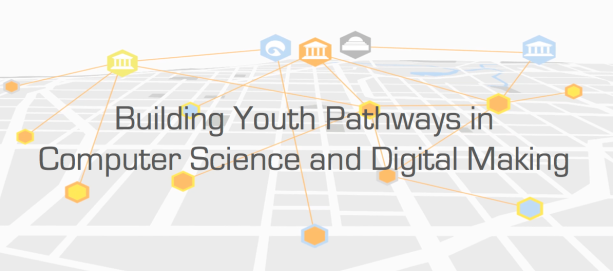 We are excited to announce and invite participation in the
We are excited to announce and invite participation in the 